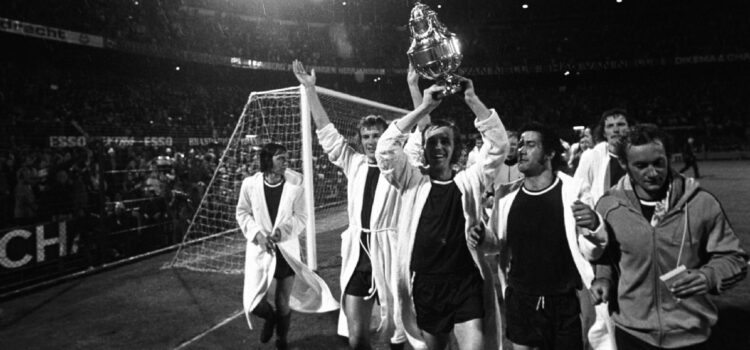Football-loving Netherlands are often presented with the same menu: 'the big three' and respective side dishes. That's why you take Football zone this season one A look at the Kitchen Champion Division. With the help of the archives, we put the less exposed Dutch clubs in the spotlight. This edition offers a glimpse behind the scenes of NAC Breda, who became a household name in Dutch top football with their own 'evening'.
In an unexpected category, NAC is a perpetual second, behind the Welsh Clwb Pêl Droed Llanfairpwllgwyngyllgogerychwyrndrobwllllantysiliogogogoch Football Club, shortened to the catchier Llanfairpwll. NAC therefore has the second longest club name in the world. A surprising title for the association that colloquially contains only one syllable, but after the merger between NOAD and ADVENDO on September 19, 1912, the full name of NOAD ADVENDO Combination is: Never Give Up Always Persevere Pleasant Through Entertainment And Useful Through Relaxation Combination Breda.
This club developed into a true top club in the Netherlands in the pre-Eredivisie era. NAC won the regional championship (South) for the first time in 1919. A year later, it defeated a not yet royal Madrid by no less than 0-4, in a match where both the legendary Anton 'rat' Verlegh and Santiago Bernabéu were on the field – which will be the namesake of the respective stadiums in an as yet unknown future.
Real Madrid-NAC 0-4. With my grandfather in the NAC goal: Toon Oomen (and not Oonsen) https://t.co/Yj3tpvP1a8
— Geert Hendriks (@gacmhendriks) November 22, 2015
Another year later, NAC even writes the ultimate history: the national championship. After once again being the best in the region, the championship competition is also dominated by beating Ajax twice. Between 1922 and 1946, NAC won six more championships in the South, so when the Eredivisie started in 1956 and NAC was present, the signs seemed good.
Nevertheless, NAC must take action. At the highest paid level, the club appears to be a middle-of-the-road player. At least in the rankings. With Leo Canjels the Pearl of the South the top scorer of the competition twice in a row. In 1958 (32 goals) and 1959 (33 goals). Two seasons later, when NAC finished ninth, the cup final was reached for the first time. However, Ajax turns out to be too powerful: 3-0.
An incidental relegation in 1966 is quickly reversed. Although it is difficult to play a significant role in the competition, NAC continues to fight for a place in the history books. The club reached the cup final again in 1967, but once again Ajax was too strong for the people of Breda. We had to wait a while for a new attempt, but in 1973 NAC reached the cup final again. And under the guise of three times the charm, it wins against the alphabetical rival NEC: 2-0. NAC finally gets a gold stamp in its books again. The cup is clearly the favorite tournament, as another final follows a year later. However, Breda saves this battle as a footnote; PSV wins 6-0.
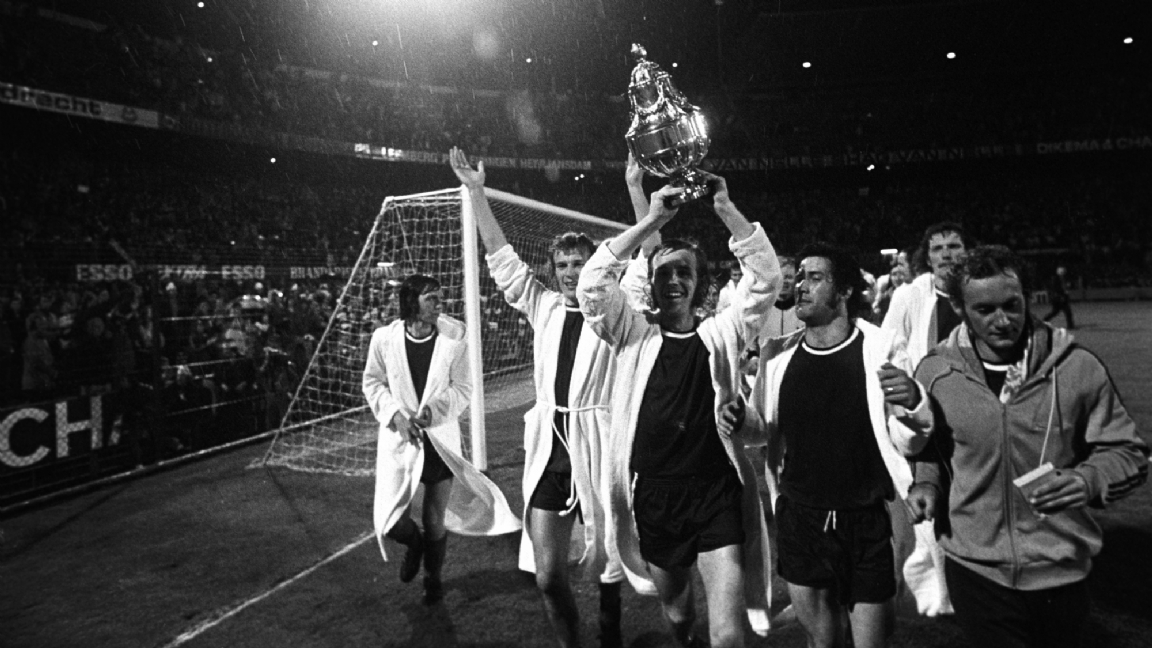
1973: NAC wins the cup final 2-0 against NEC.
NAC evening
Fans of the NAC of yesteryear dream about cup finals. A household name in football country. Although it is difficult to achieve this status in the competition, something special happens at the club in the mid-1970s. Because the NAC stadium was enriched with lighting in 1975, the club is one of the first to play in artificial light. After the first practice match in the dark, against Fortuna Düsseldorf, the loyal supporters, led by board member Eugène Lemmens, bring the 'NAC Evening' to life. Lemmens thus responds to the slogan of Horeca Nederland: 'Evening out, yes fun', by changing one word in that sentence.
And that is how it is experienced by everyone who loves the club. John Karelse, NAC goalkeeper between 1986 and 2000 and current record holder with 440 matches, calls it 'a night out for everyone' in 2017. “Also for the players. Only we had to play football before we could enjoy a drink.” Former striker Anthony Lurling, active at NAC from 2004 to 2005 and 2007 to 2014, described the nature of these evenings in 2017. BN De Stem. “The interaction with the public is extremely important. NAC at home is extreme: grabbing the opponent by the throat, chatting about it and looking for duels.”
The tradition, born in 1975, has gained more and more fame over the years. Fox Sports dedicates a documentary to it: Evening NAC – A declaration of love (2020), based on the book of the same name that writer and supporter Sjoerd Mossou wrote in 2012. In the documentary he is quoted: “The supporters and players were captivated by the magic of artificial light in the late 1970s. Not only did the crowd give something extra, the players on the field did so too. The NAC evening was not only fun, it could also be intimidating for opponents.” For a club with ups and downs, NAC created its own variant of 'hanging up the streamers yourself'. When it gets dark, you have to turn on the light yourself. At the same time, with the efforts and interaction of fans and athletes, a club mentality was born and strengthened: never give up, always keep going.
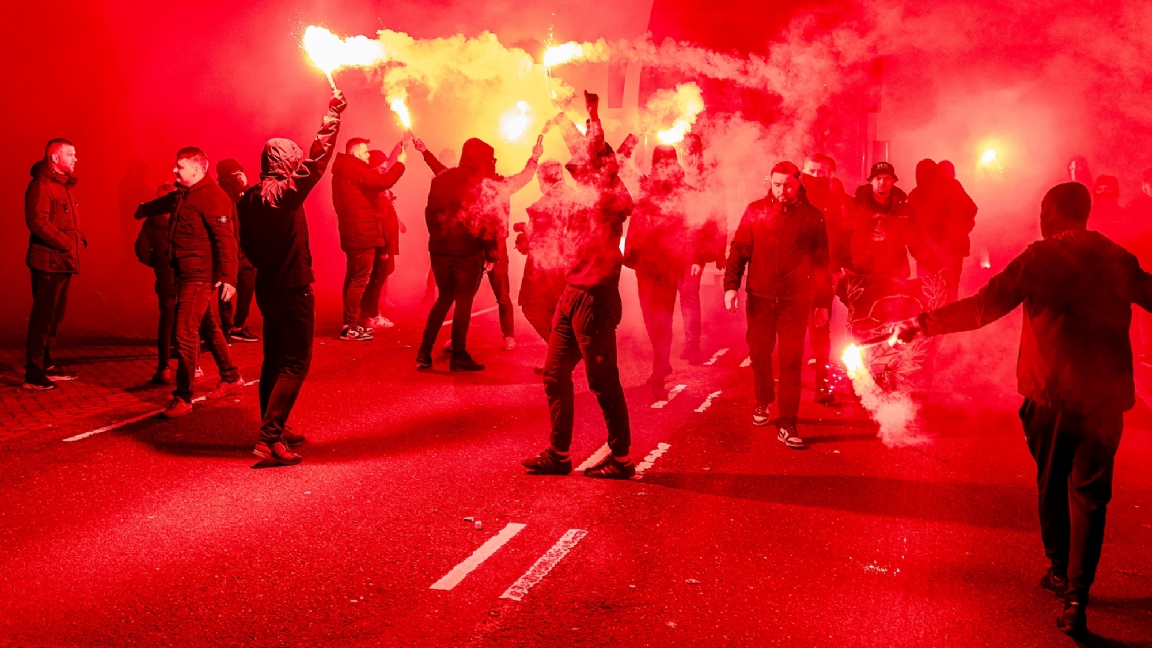
Football evenings in Breda: haunted streets and a swirling stadium.
Good and bad
That mentality is immediately being put to the test. The club is also having a hard time with the NAC Evenings, both financially and sportingly. It also manifests itself in the stadium. A match in 1979 against Feyenoord was stopped because the linesman hit his head with an ashtray. After the strike, riots break out. Four years later a relegation follows that changes everything. It turns out that it is not incidental. NAC is promoted a year later, but after a new relegation remains away from the highest level for no less than eight years. Just as an old man always remains a child in the head, NAC always remained a top club. For too long, high salaries were paid and a stable source of income was taken into account. When the tank is empty, the club suddenly has to make every effort to survive.
But, with some pain in the neck, NAC keeps his head up and his back straight. The club returned to the Eredivisie in 1993, and planned to stay. This is reflected, for example, in switching to a brand new stadium in 1996. Thanks to sponsorship, it was called the Fujifilm Stadium, but supporters soon renamed it Rat Verlegh Stadium. Named after the very first, and last, national champion of Breda: Antoon Verlegh. Not called Rat because he once betrayed his club, but because of his devious playing style.
In 1999, NAC must be careful that the new home port does not become a sinking ship. To make matters worse, the club is relegated again. To avoid financial catastrophes, there is one challenge: get promoted again immediately. Challenge accepted, people in Breda think; the championship is won and NAC is immediately back in the Eredivisie. There it continues to hold the shape. Chronologically, the cult club finished ninth, sixth and even fourth, meaning it could participate in the UEFA Cup in 2003/04, albeit with little chance.
As far as the stadium is concerned, the club changed tack in 2006. Thanks to the loving supporters, the stadium is officially renamed Rat Verlegh Stadium, ensuring that the legend remains forever linked to the ever-swirling paradise. An honor that was rewarded in 2008 with the best performance ever in the Eredivisie: NAC finished third in the Netherlands. Including a semi-final in the cup tournament, it was once again seen as the top club it once was.
On the other hand, organizational difficulties continue to haunt NAC. Former goalkeeper Karelse, who still has fresh memories of classic NAC Evenings, summarizes these problems in 2020 BN De Stem. “In ten years, NAC has had twelve trainers, five technical directors and I don't know how many general managers. We are being fooled.” He also puts his finger on the sore spot. “The club has no heart. Everyone sees NAC as a job, not as a life purpose.”
Looking for something to hold on to
The structural problems reach their nadir when trainer Maurice Stijn feels forced to resign in 2021. The main reason, announced in a press release from NAC: threats against supporters, after a personal conflict with technical director Ton Lokhoff. Later the NOS that supporters were 'outraged that they were being blamed even though no charges had been filed'. Journalist Mossou told that medium that supporters had been 'thrown under a bus to cover up administrative failures'. “And that for a club that derives its right to exist from its supporters.”
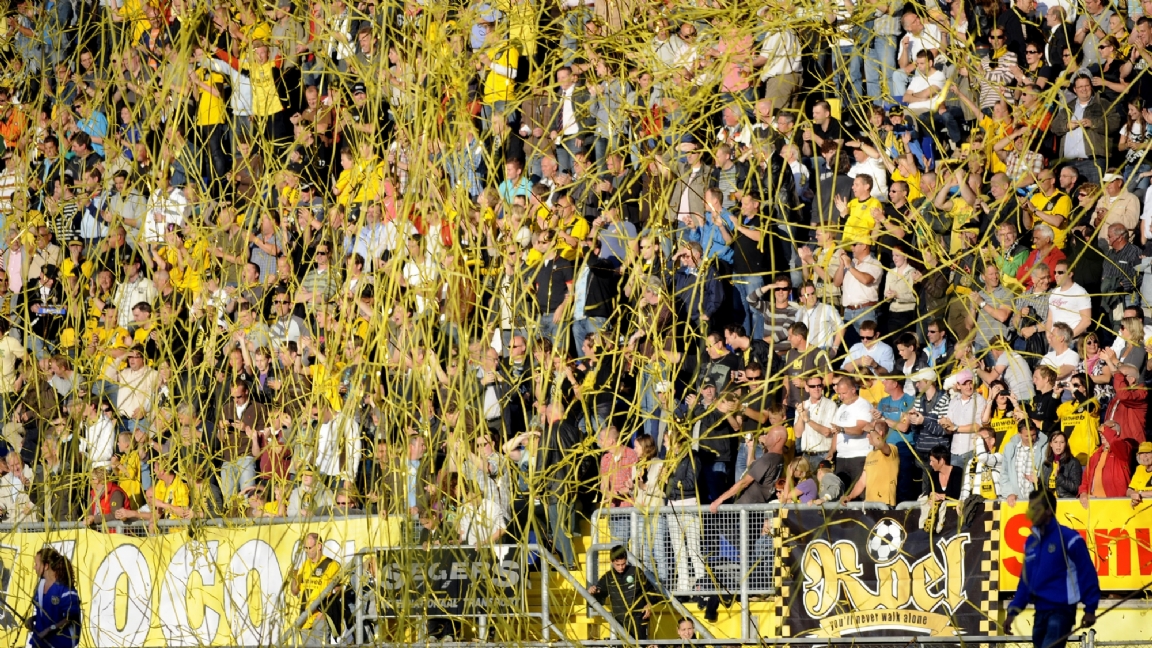
The general statement that prevails when it comes to NAC's performance: 'It won't be the fans' fault.'
It indeed seems to be the biggest mistake NAC can make. The club, with constant ups and downs, always had one rock-solid pillar: the supporters. Putting this relationship to the test sounds like high-risk football of the highest order. The current season, in which NAC is trying to climb back to the Kitchen Champion Division after five seasons, is also causing frustration. Despite the good intentions, there is no point to be drawn on NAC's performance. Even though evening competitions in the Kitchen Champion Division are more common than exception.
Halfway through the season, the club is only three points away from third place. But at the end of January, head coach Jean-Paul van Gastel spoke out about the inconsistency. “I am especially surprised by the technical errors, which is a recurring thing for us,” he says Algemeen Dagblad know. Once again the club is setting itself up with an excellent series, but in recent weeks things seem to have gone wrong again. The last five games were not won. Now Jong PSV, ADO Den Haag and Top Oss are the final opponents. NAC is looking for something to hold on to in terms of sport and management. Ironically, it searches for a beacon of light in the dark. In addition, it has two stable factors that safeguard its identity: the fans and NAC Evenings. But is that enough?
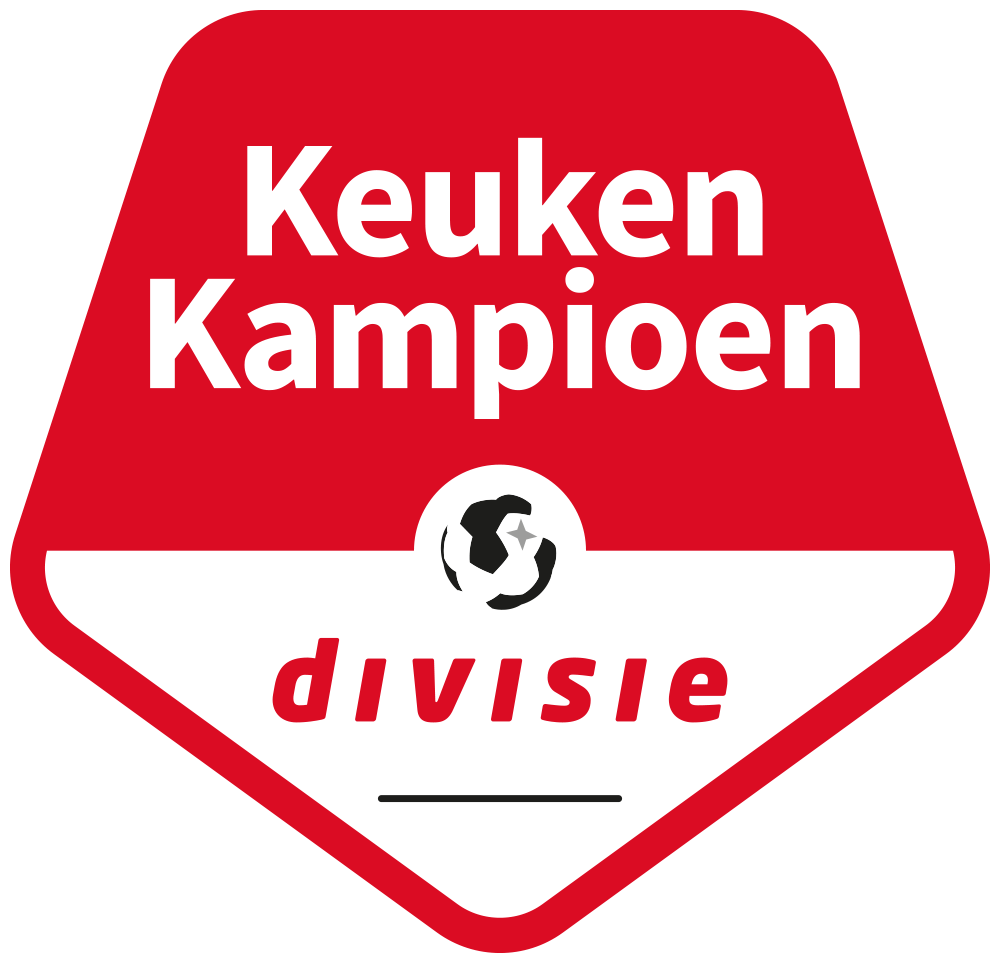
Voetbalzone is the official media partner of the Kitchen Champion Division
Click here for exclusive interviews, talent scouts, current standings and the program on our Kitchen Champion Division page.
More news
More sports news


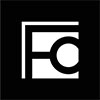
![]()


